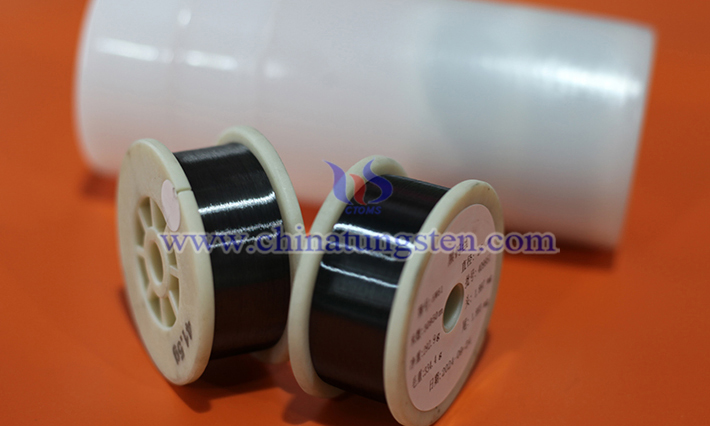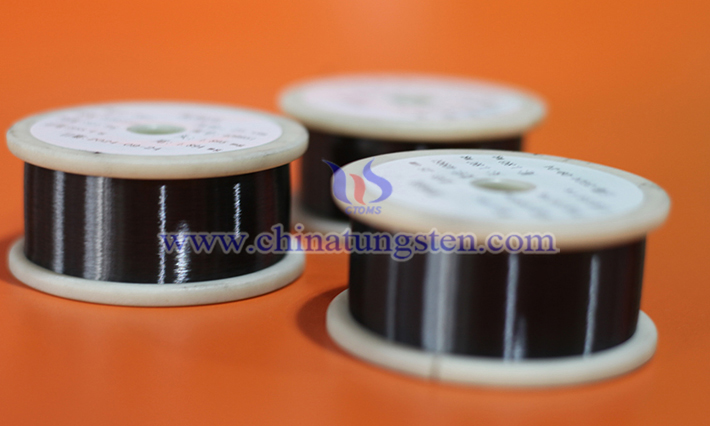Tungsten Wire Applications in Reflector Lamps
- Details
- Category: Tungsten Information
- Published on Wednesday, 13 August 2025 15:37
Reflector lamps, as lighting devices that focus and reflect light in a specific direction, play a key role in numerous applications. Tungsten wire's application in reflector lamps is primarily due to its high melting point and excellent luminous properties. Although tungsten wire reflector lamps face challenges in energy efficiency and LED replacement, their unique advantages in specific applications still make them irreplaceable.
1. Characteristics of Tungsten Wire
Tungsten is a high-melting-point metal (melting point approximately 3422°C) with excellent high-temperature and oxidation resistance. It can operate at high temperatures for extended periods without melting or deformation. Furthermore, tungsten has a moderate resistivity and rapidly heats up upon application of electricity, emitting white light with a high color temperature and a spectrum close to natural light, making it suitable for lighting applications. These properties make tungsten wire an ideal luminescent material for reflector lamps.

2. Application of Tungsten Wire in Reflector Lamps
In reflector lamps, a tungsten wire is typically formed into a fine spiral or straight line and enclosed in a sealed glass envelope filled with an inert gas (such as argon) or a halogen-containing gas. When electricity is applied, the tungsten wire rapidly heats to an incandescent state due to the resistance effect, emitting a strong light. A unique feature of reflector lamps is their built-in reflective coating (such as aluminum or silver), which focuses the light emitted by the tungsten wire into a directional beam, improving lighting efficiency and precision. While the luminous efficiency of tungsten wire is generally 10-20 lumens per watt, which is lower than that of LEDs, its light quality is soft and has excellent color rendering (a color rendering index close to 100).

3. Specific Applications of Tungsten Wire Reflector Lamps
Stage and Photographic Lighting: Tungsten wire reflectors are widely used in stage spotlights and studio lighting due to their high brightness and controllable beam. They provide warm, even light, ideal for creating a specific atmosphere or highlighting the subject. Automotive headlights: Halogen reflector lamps often use tungsten wires. The halogen cycle (where halogen gas reacts with evaporated tungsten and redeposits on the tungsten wire surface) extends filament life, improving brightness and durability.
Home and commercial lighting: Tungsten wire reflector lamps are used in spotlights, downlights, and other applications, providing directional illumination and highlighting decorative items or specific areas.
- Chinatungsten Online: www.tungsten.com.cn
- CTIA GROUP LTD: en.ctia.group
- Tungsten News & Price: www.ctia.com.cn
- Molybdenum News & Price: news.molybdenum.com.cn
- Tel.: 86 592 5129696; Email: sales@chinatungsten.com